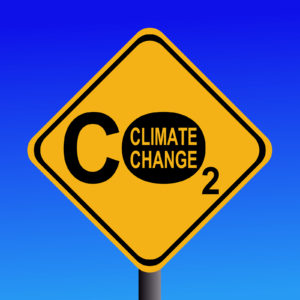One basic principle of computer modeling is “garbage in, garbage out”. In other words, you can’t model phenomena you don’t understand. Nonetheless, politicians often use bad models to give a veneer of legitimacy to weak ideas.
Climate policy is essentially a debate over models. The general circulation models used to evaluate climate are unable to make useful predictions. Poor models don’t do much harm in an academic setting, but the Biden administration proposes reshaping our economy at a cost of trillions of taxpayer dollars based on their output.
Even though these climate models don’t work on a planetary scale, Richard Newell of Resources for the Future and Rachel Cleetus of the Union of Concerned Scientists happily announced at a recent National Academy of Sciences (NAS) podcast that these same models will now be used to evaluate community-scale impacts. In reality, this claim reflects nothing more than a political imperative to mix social justice with climate policies. The administration’s new “Justice 40” program will require 40 percent of the benefits of federal investments to benefit “disadvantaged communities.”
Good motives are nice, but effective policy requires both judgment and common sense. The main impact of atmospheric CO2 is to promote plant growth and drought resistance. NASA studies document the “greening” of many areas, including the Sahara Desert, due to increased levels of CO2. If we want to help the world’s poor, improving food production would be a great start. Climate “damage” from CO2 emissions is a modeling artifice lacking empirical support. Saddling America’s poorest communities with expensive and unreliable electric power, transportation and home heating is hardly a formula for social progress.
A key to the president’s environmental justice initiative is the “Social Cost of Carbon” (SCC), which claims to quantify the economic damage done by an additional metric ton of carbon dioxide. In 2009, the Obama administration assembled an Interagency Working Group (IWG) which estimated the SCC at $40-$50. A federal regulation that costs consumers $30, but reduces CO2 emissions by one ton would supposedly generate a net benefit. The Trump administration reduced the SCC to $1-6. Mr. Newell and Ms. Cleetus expect the Biden administration to generate a much higher SCC by January 2022.
But a close look at the government’s SCC methodology is a real eye-opener. The calculation couples climate science models with “damage functions”. The time horizon for these damages is not 50 years or 100 years into the future, but nearly 300 years. In other words, the modelers claim to understand what our economy looks like in the year 2300 and how climate changes would impact that economy, even though we can’t make meaningful predictions of economic developments over the next six months. The net present value of these future damages is then calculated at a 3 percent discount rate.
Analysis by the CO2 Coalition, a non-partisan research group of which I am a director, demonstrated that limiting the time horizon to the year 2100 (still a stretch) and using a discount rate of 5 percent instead of 3 percent would reduce the SCC by 85 percent, even without addressing the models’ flawed climate science. These economic models can generate any number you want by simple manipulation of their basic assumptions. The National Academy of Sciences ought to be embarrassed lending its name to such a superficial and misleading exercise.
Models like this are worse than useless. In the real world, as opposed to the modelers’ imagination, CO2 would be understood as a net benefit to society and the SCC would be negative. Stripping our economy of trillions of dollars of capital will harm most the very people the administration claims to serve.

